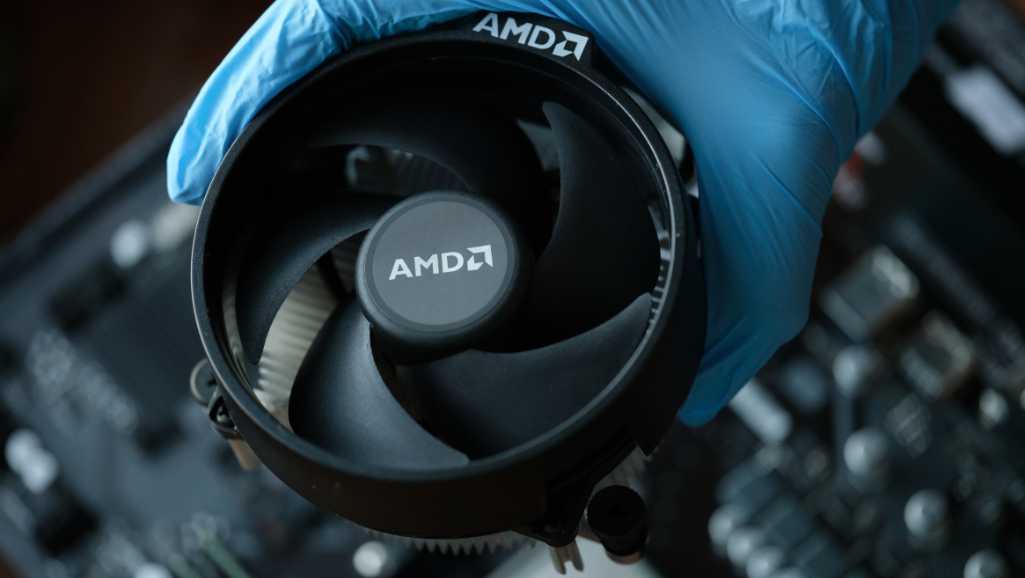
My Computer Doesn’t Wake Up from Sleep Mode: How To Fix
You’re in the middle of an important project, you step away for a moment, and when you return, your computer doesn’t wake up from sleep


Photo via cputemper

Photo via cputemper

Photo via Afterburner


Photo via topix technology

You’re in the middle of an important project, you step away for a moment, and when you return, your computer doesn’t wake up from sleep

The Windows Registry is an essential, hierarchical database that supports the configuration of the operating system and most application behavior. It tracks very carefully all

When your computer breaks down, finding a reliable repair shop is crucial to getting back up and running smoothly. With a plethora of computer repair
|
*We are OPEN on 3 May 2025 (Polling Day). CLOSED ON 1 May 2025 (Labour Day) |